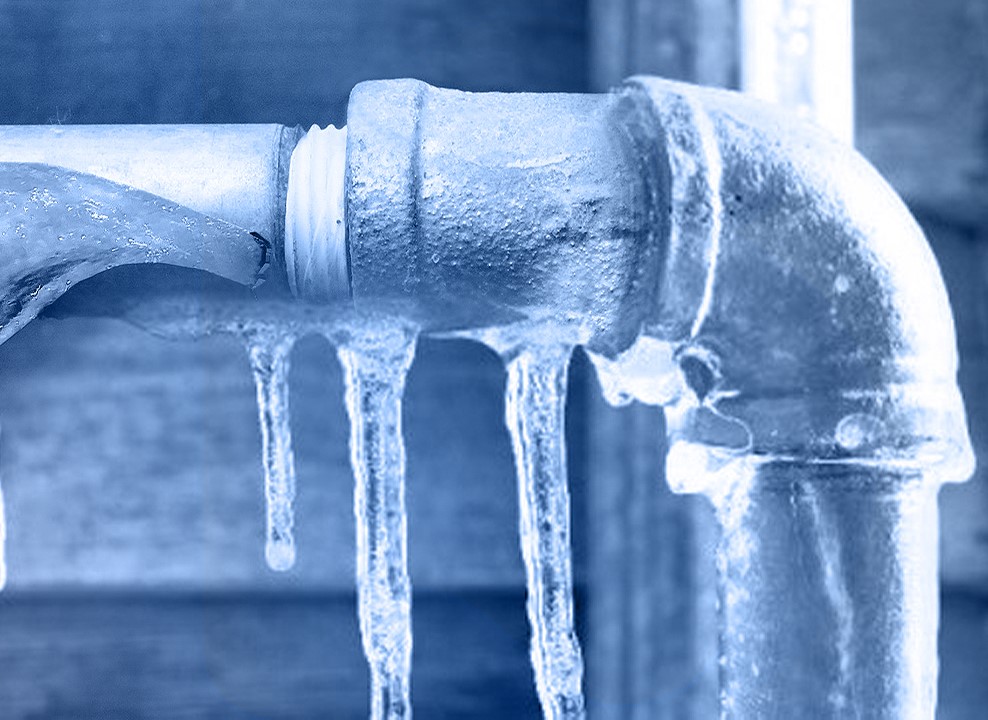Just how do you really feel with regards to How To Avoid Freezing Pipes?

Cold weather can damage your plumbing, particularly by freezing pipelines. Right here's how to prevent it from taking place and what to do if it does.
Introduction
As temperature levels drop, the danger of frozen pipes boosts, potentially resulting in costly fixings and water damage. Comprehending how to prevent frozen pipes is crucial for homeowners in cold climates.
Prevention Tips
Insulating at risk pipelines
Cover pipelines in insulation sleeves or use heat tape to safeguard them from freezing temperature levels. Focus on pipes in unheated or exterior locations of the home.
Heating strategies
Maintain interior spaces sufficiently heated, particularly locations with plumbing. Open cabinet doors to enable cozy air to flow around pipelines under sinks.
Just how to determine icy pipes
Seek decreased water flow from taps, uncommon odors or noises from pipes, and visible frost on subjected pipelines.
Long-Term Solutions
Architectural changes
Consider rerouting pipes far from outside wall surfaces or unheated locations. Add added insulation to attics, basements, and crawl spaces.
Upgrading insulation
Purchase premium insulation for pipes, attics, and wall surfaces. Correct insulation helps preserve regular temperatures and lowers the threat of icy pipelines.
Securing Exterior Plumbing
Yard pipes and exterior taps
Separate and drain yard tubes before winter season. Mount frost-proof spigots or cover exterior taps with insulated caps.
Comprehending Frozen Pipelines
What creates pipes to freeze?
Pipes ice up when revealed to temperature levels listed below 32 ° F (0 ° C) for extended periods. As water inside the pipes freezes, it increases, taxing the pipe wall surfaces and possibly triggering them to burst.
Dangers and damages
Icy pipelines can cause supply of water disruptions, property damage, and costly fixings. Ruptured pipes can flood homes and trigger considerable architectural damage.
Indicators of Frozen Piping
Recognizing frozen pipelines early can stop them from rupturing.
What to Do If Your Pipes Freeze
Immediate actions to take
If you suspect frozen pipes, maintain faucets open to eliminate pressure as the ice thaws. Utilize a hairdryer or towels soaked in hot water to thaw pipelines slowly.
Final thought
Avoiding icy pipelines calls for positive steps and fast reactions. By understanding the causes, indications, and safety nets, home owners can shield their pipes throughout winter.
5 Ways to Prevent Frozen Pipes
Drain Outdoor Faucets and Disconnect Hoses
First, close the shut-off valve that controls the flow of water in the pipe to your outdoor faucet. Then, head outside to disconnect and drain your hose and open the outdoor faucet to allow the water to completely drain out of the line. Turn off the faucet when done. Finally, head back to the shut-off valve and drain the remaining water inside the pipe into a bucket or container. Additionally, if you have a home irrigation system, you should consider hiring an expert to clear the system of water each year.
Insulate Pipes
One of the best and most cost-effective methods for preventing frozen water pipes is to wrap your pipes with insulation. This is especially important for areas in your home that aren’t exposed to heat, such as an attic. We suggest using foam sleeves, which can typically be found at your local hardware store.
Keep Heat Running at 65
Your pipes are located inside your walls, and the temperature there is much colder than the rest of the house. To prevent your pipes from freezing, The Insurance Information Institute suggests that you keep your home heated to at least 65 degrees, even when traveling. You may want to invest in smart devices that can keep an eye on the temperature in your home while you’re away.
Leave Water Dripping
Moving water — even a small trickle — can prevent ice from forming inside your pipes. When freezing temps are imminent, start a drip of water from all faucets that serve exposed pipes. Leaving a few faucets running will also help relieve pressure inside the pipes and help prevent a rupture if the water inside freezes.
Open Cupboard Doors
Warm your kitchen and bathroom pipes by opening cupboards and vanities. You should also leave your interior doors ajar to help warm air circulate evenly throughout your home.

As a keen reader on How to prepare your home plumbing for winter weather, I figured sharing that piece of writing was important. Do you know about someone else who is enthusiastic about the subject? Please feel free to promote it. Bless you for being here. Kindly come visit our site back soon.
Call Us Today
Comments on “Essential Tips to Protect Against Frozen Pipes in Cold Weather”